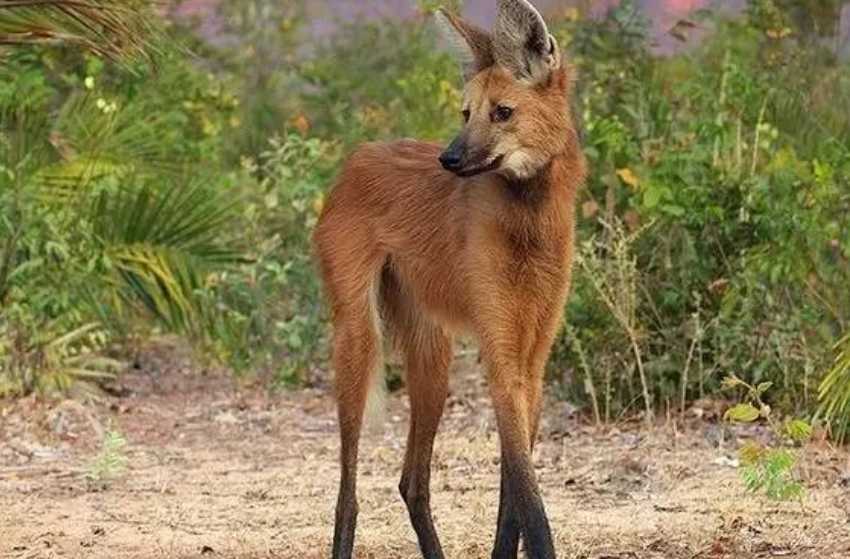
Native to the grasslands and savannas of Brazil, Paraguay, and Argentina, the maned wolf (Chrysocyon brachyurus) stands out as one of South America’s most unique canids. Often described as a "fox on stilts," this tall, reddish canid with a distinctive black mane along its neck and back has captivated researchers with its enigmatic behavior and evolutionary isolation.
The maned wolf’s most iconic features are its long, slender legs—adapted for traversing tall grasses—and its dense, reddish-brown fur, which darkens to black on the legs, tail, and mane. Standing 70–90 cm at the shoulder (taller than most foxes), it weighs 20–30 kg, with large ears that swivel to detect prey in the vegetation. Unlike true wolves, it lacks a pack structure and has a solitary lifestyle, using its mane to intimidate rivals by raising it during confrontations, making it appear larger. Its long legs also aid in spotting predators or prey across the open plains, while its omnivorous diet—including fruits, small mammals, and insects—sets it apart from strictly carnivorous canids.
Primarily nocturnal, the maned wolf roams alone at night, marking its territory with a pungent urine scent that smells like cannabis, earning it the nickname "skunk wolf." During the day, it rests in tall grass or under bushes, avoiding the heat. Females give birth to 2–5 pups, which stay with their parents for about a year before dispersing. Listed as "Near Threatened" by the IUCN, the maned wolf faces threats from habitat loss due to agriculture and ranching, as well as road accidents and conflicts with farmers who mistakenly blame it for livestock predation (it rarely hunts large animals). Conservation initiatives in Brazil, such as the Maned Wolf Project, focus on habitat preservation, public education, and the creation of wildlife corridors to connect fragmented populations.
In local folklore, the maned wolf is often associated with mystery, and its unique appearance has made it a symbol of South America’s biodiversity. As a seed disperser of fruits like the "wolf apple," it plays a crucial role in maintaining grassland ecosystems. Its presence also indicates a healthy habitat, as it requires large, undisturbed areas to roam. Though it resembles a wolf, it is the only surviving member of its genus, making it a living reminder of the continent’s distinct evolutionary history. Protecting the maned wolf means safeguarding not just a species, but the vast grasslands that sustain countless other forms of life in the heart of South America.





